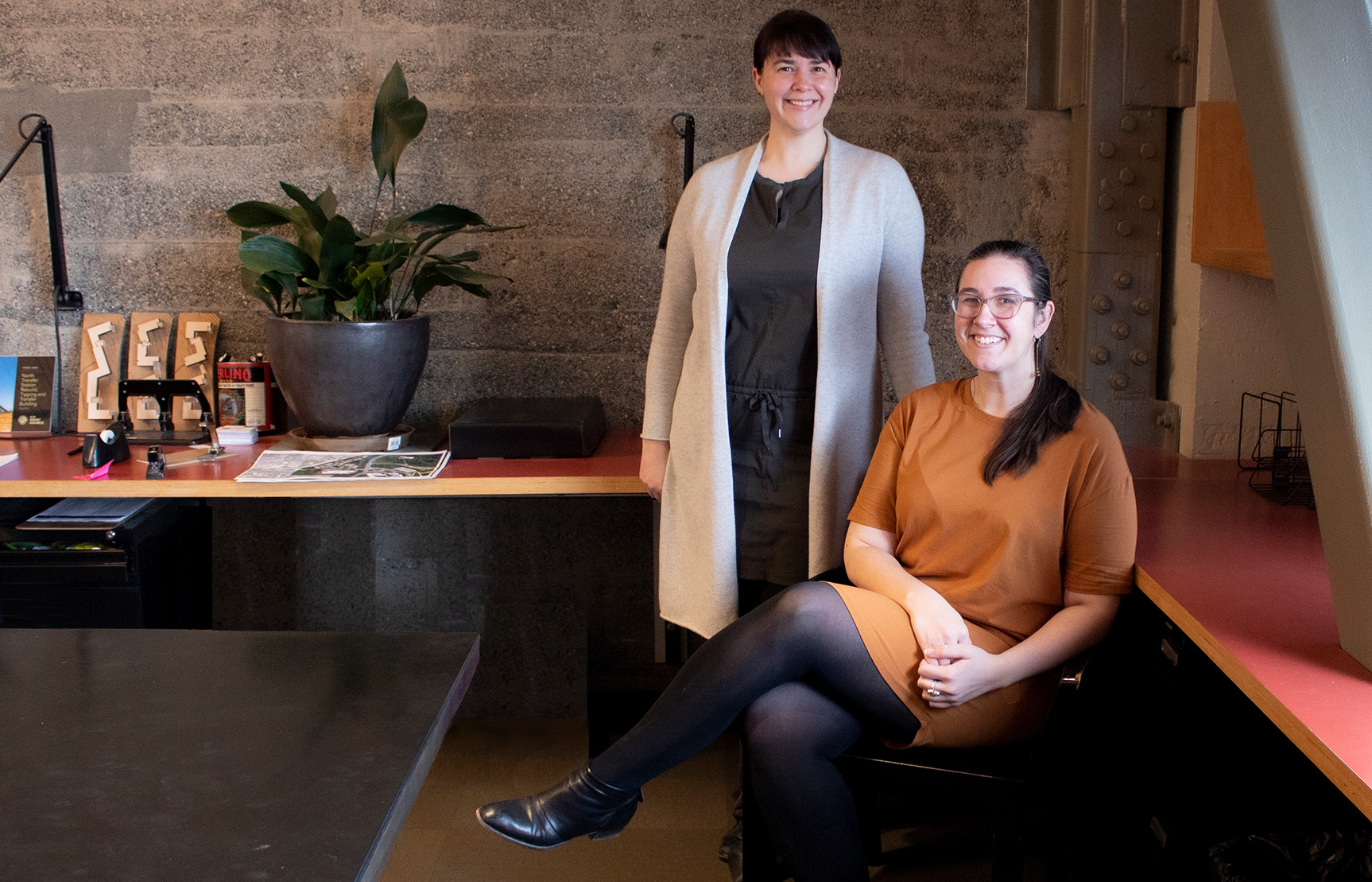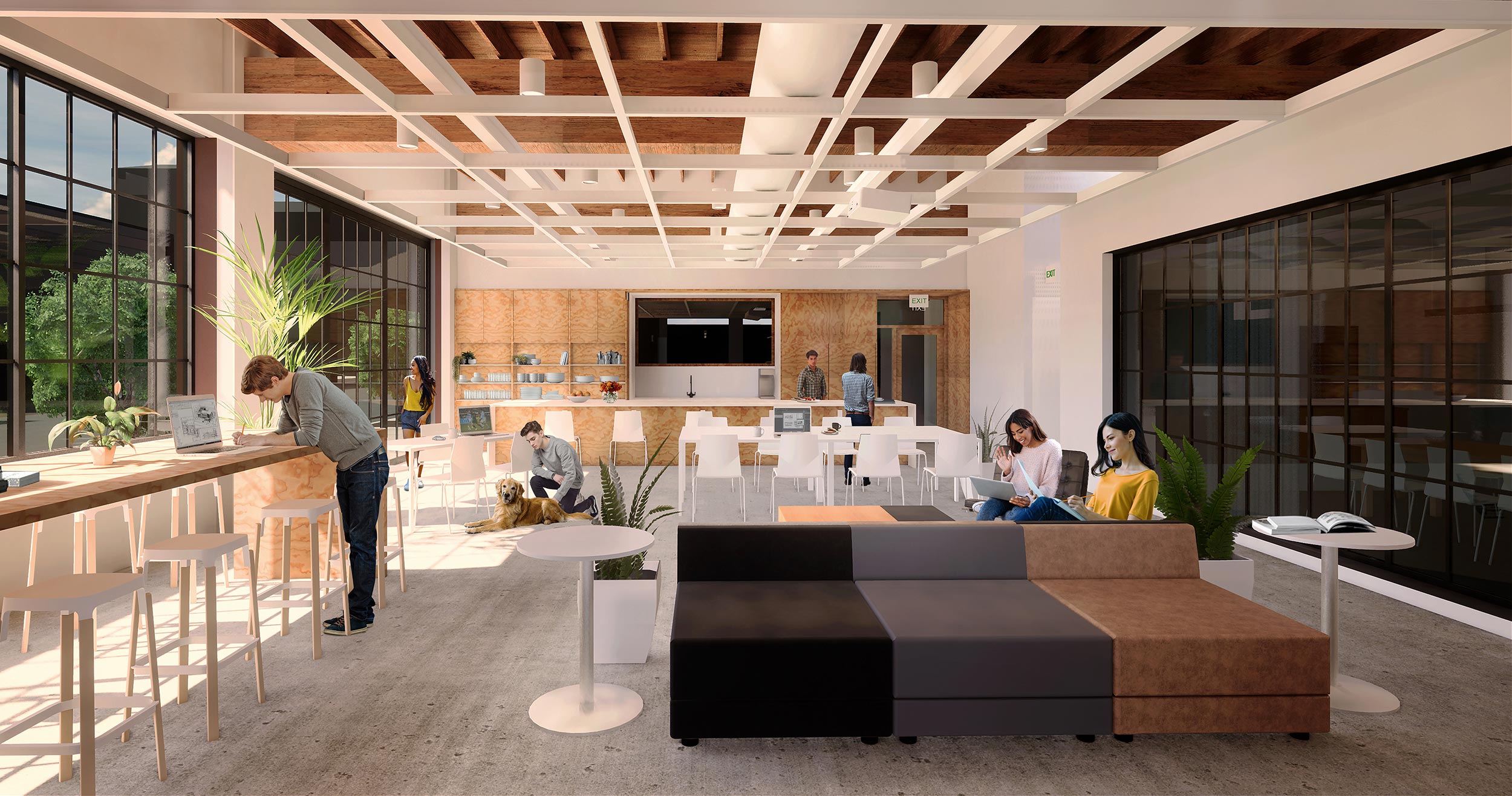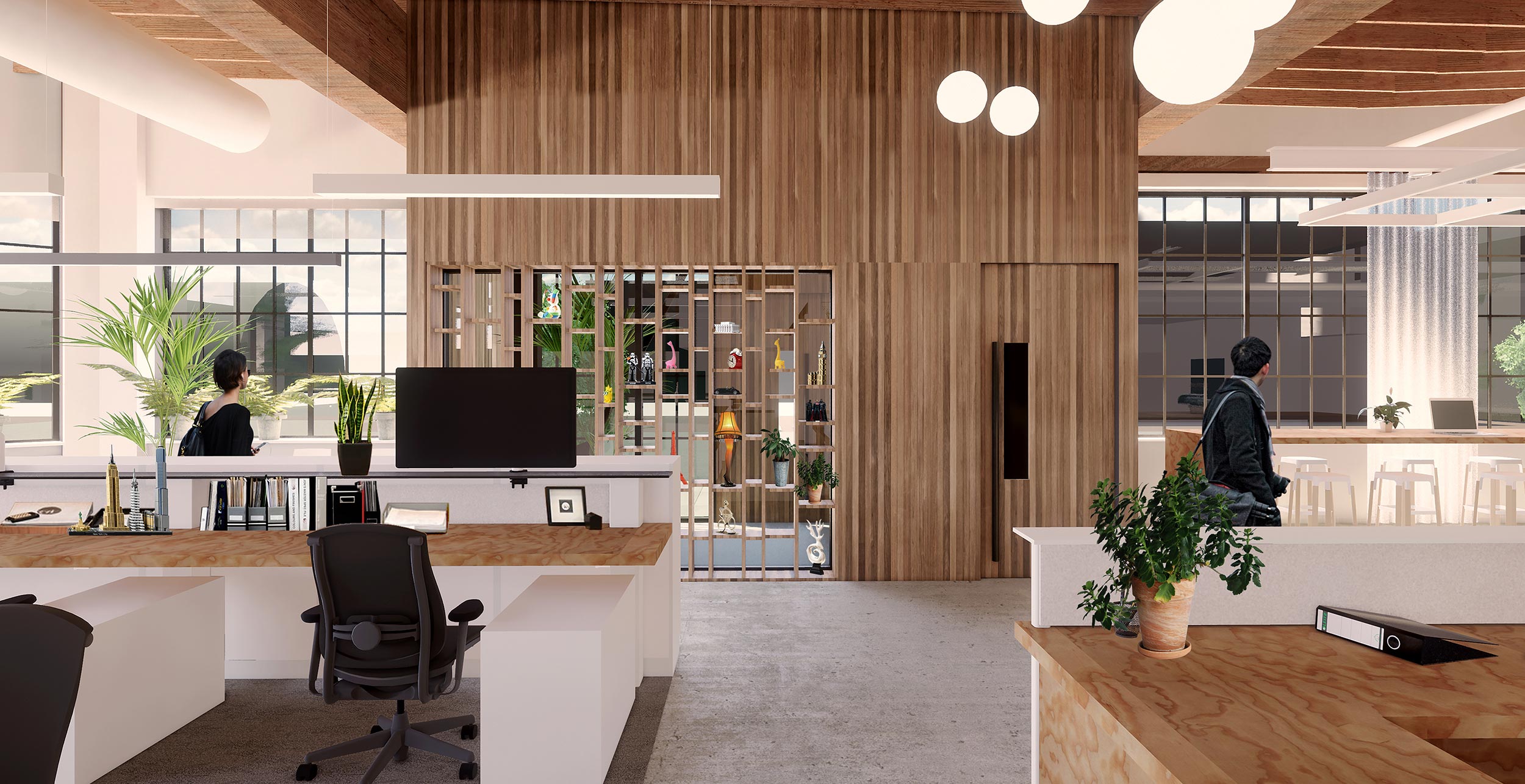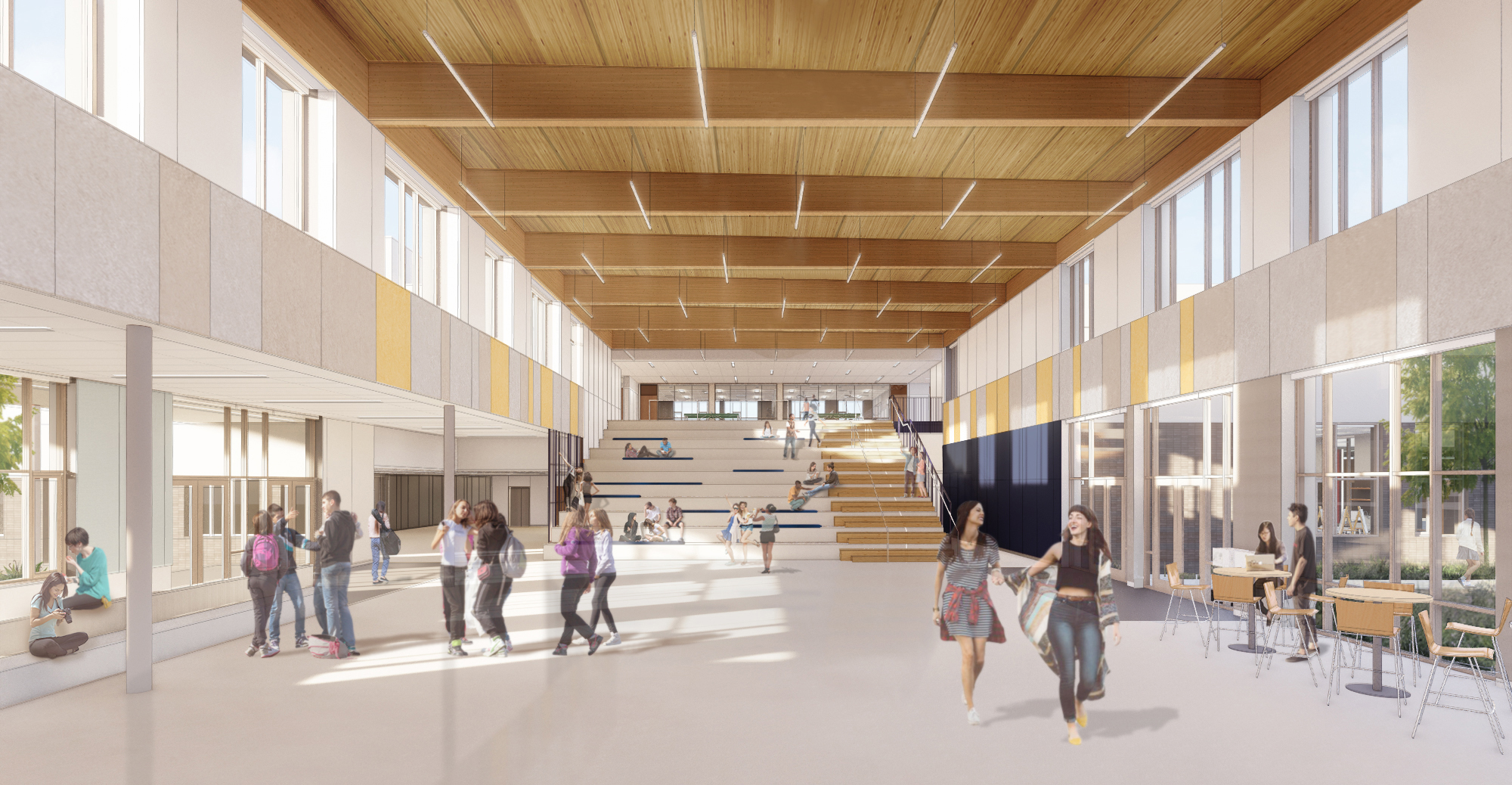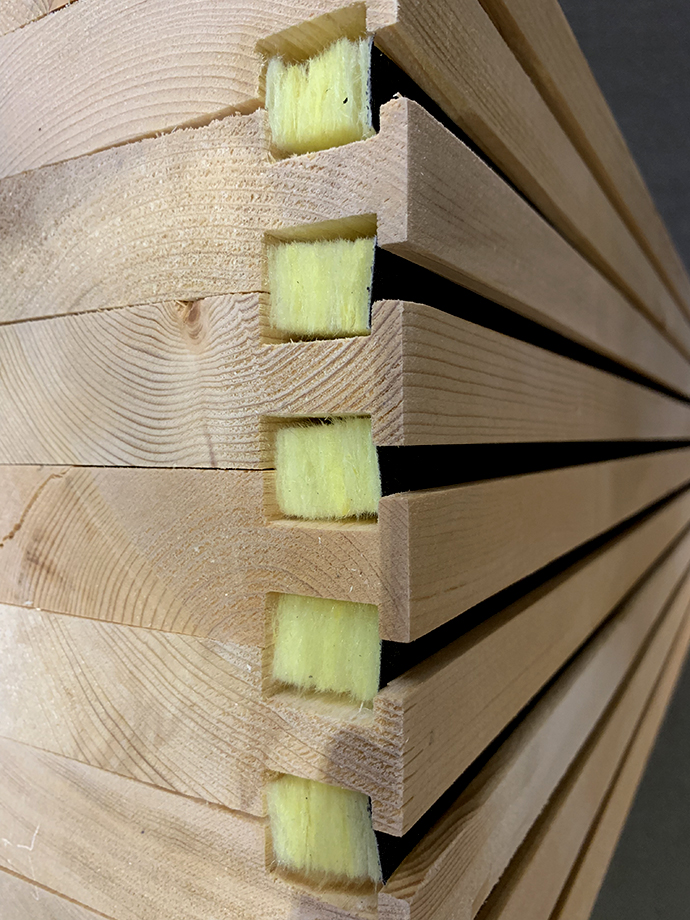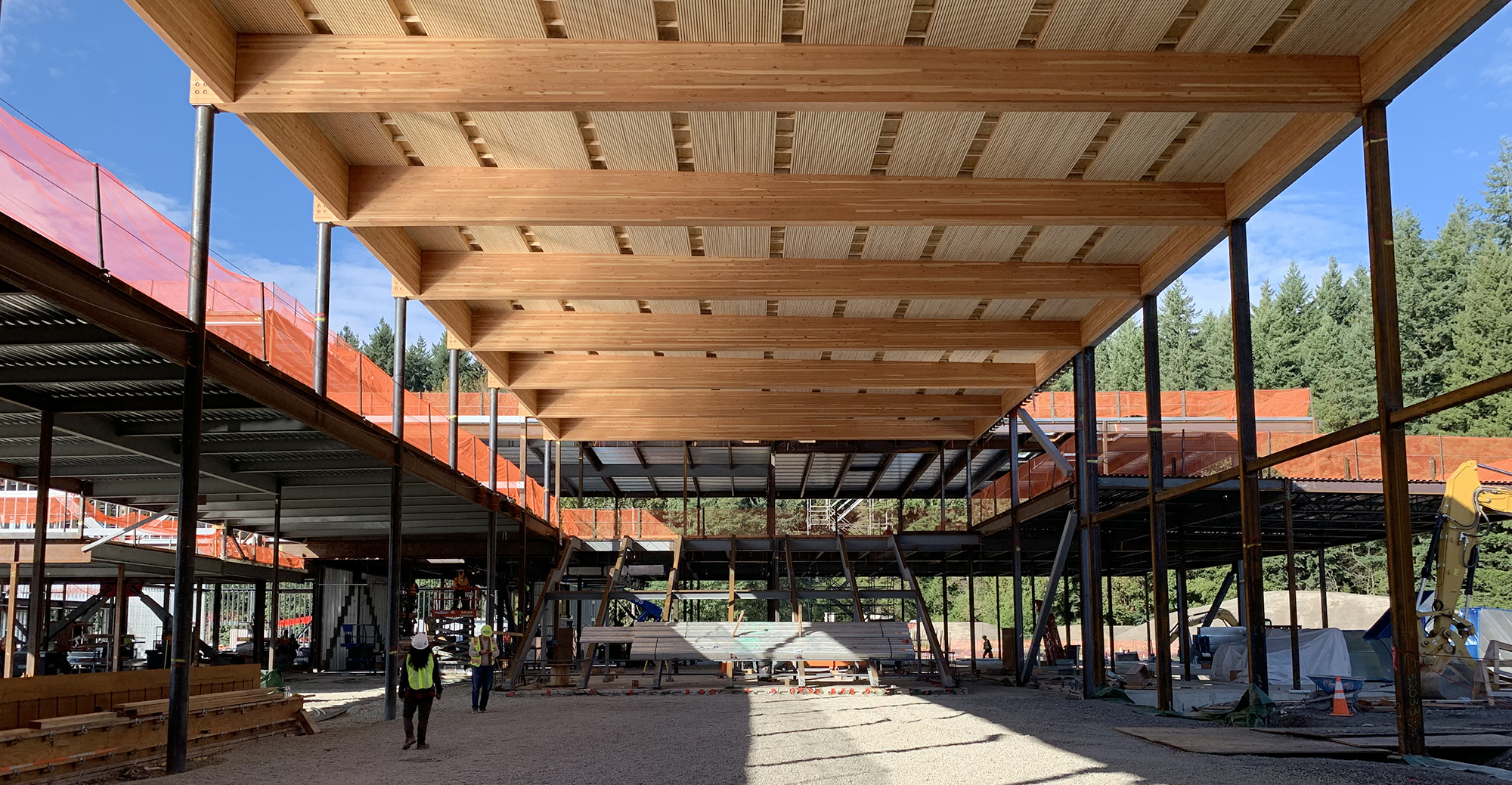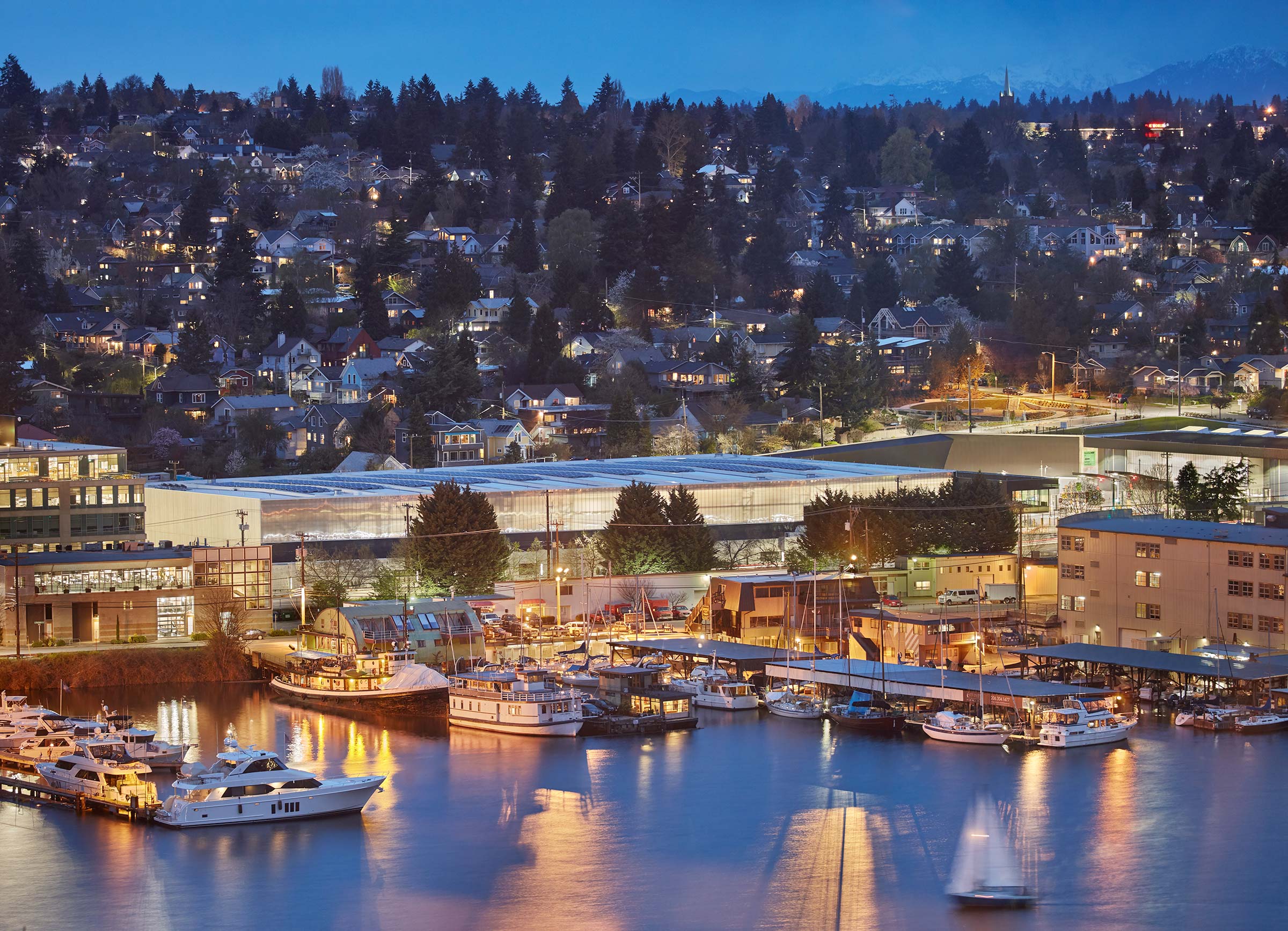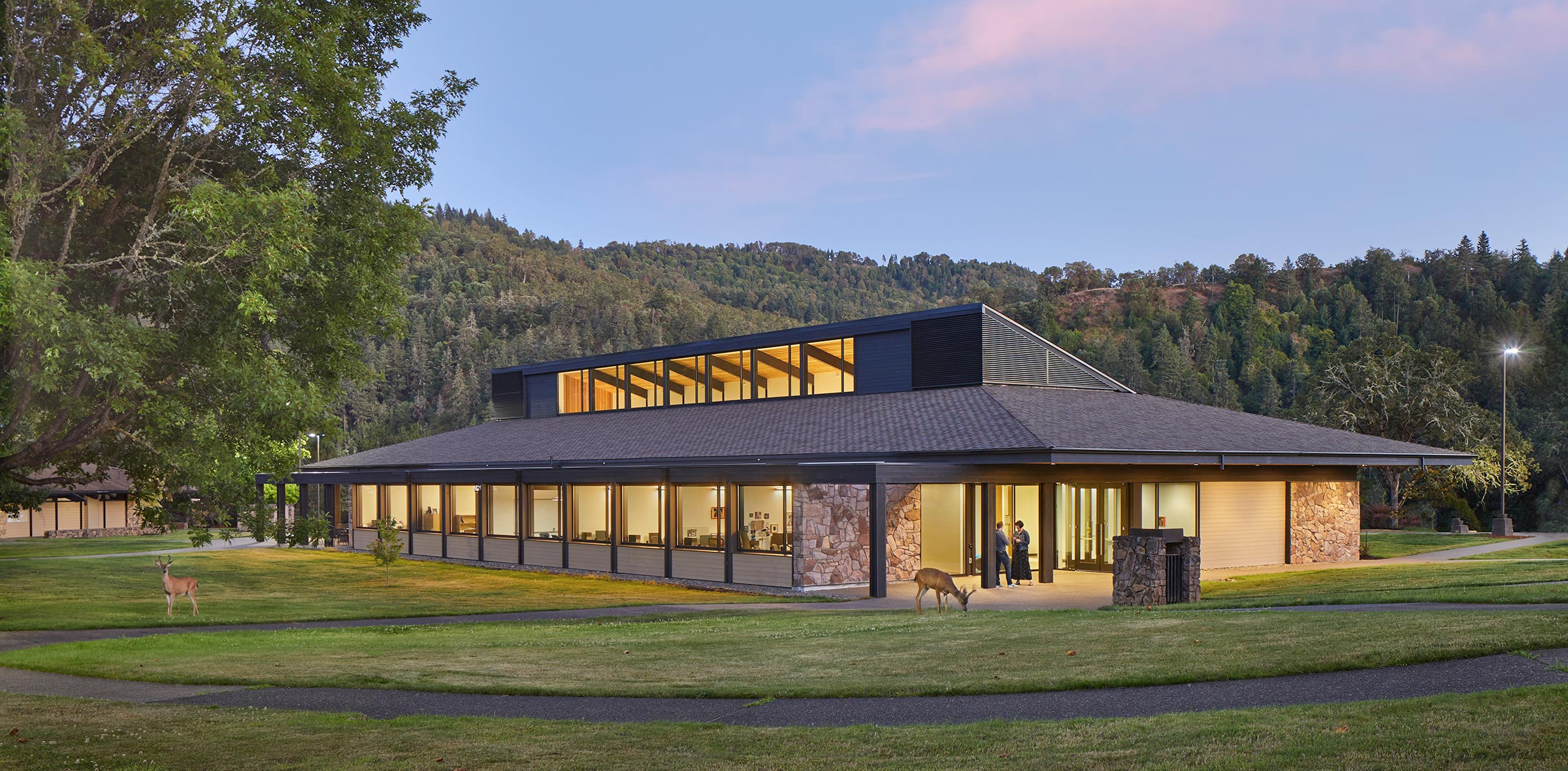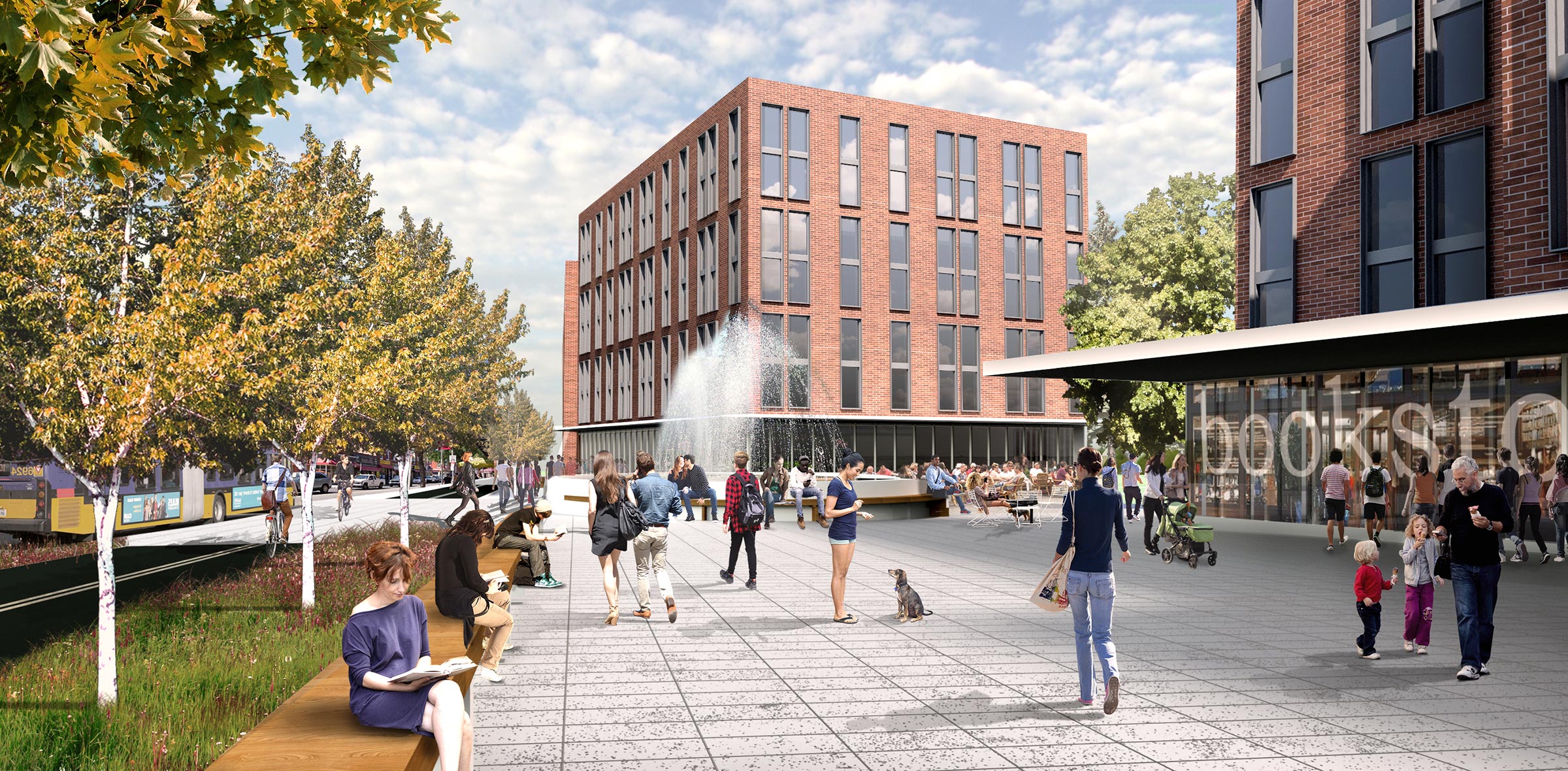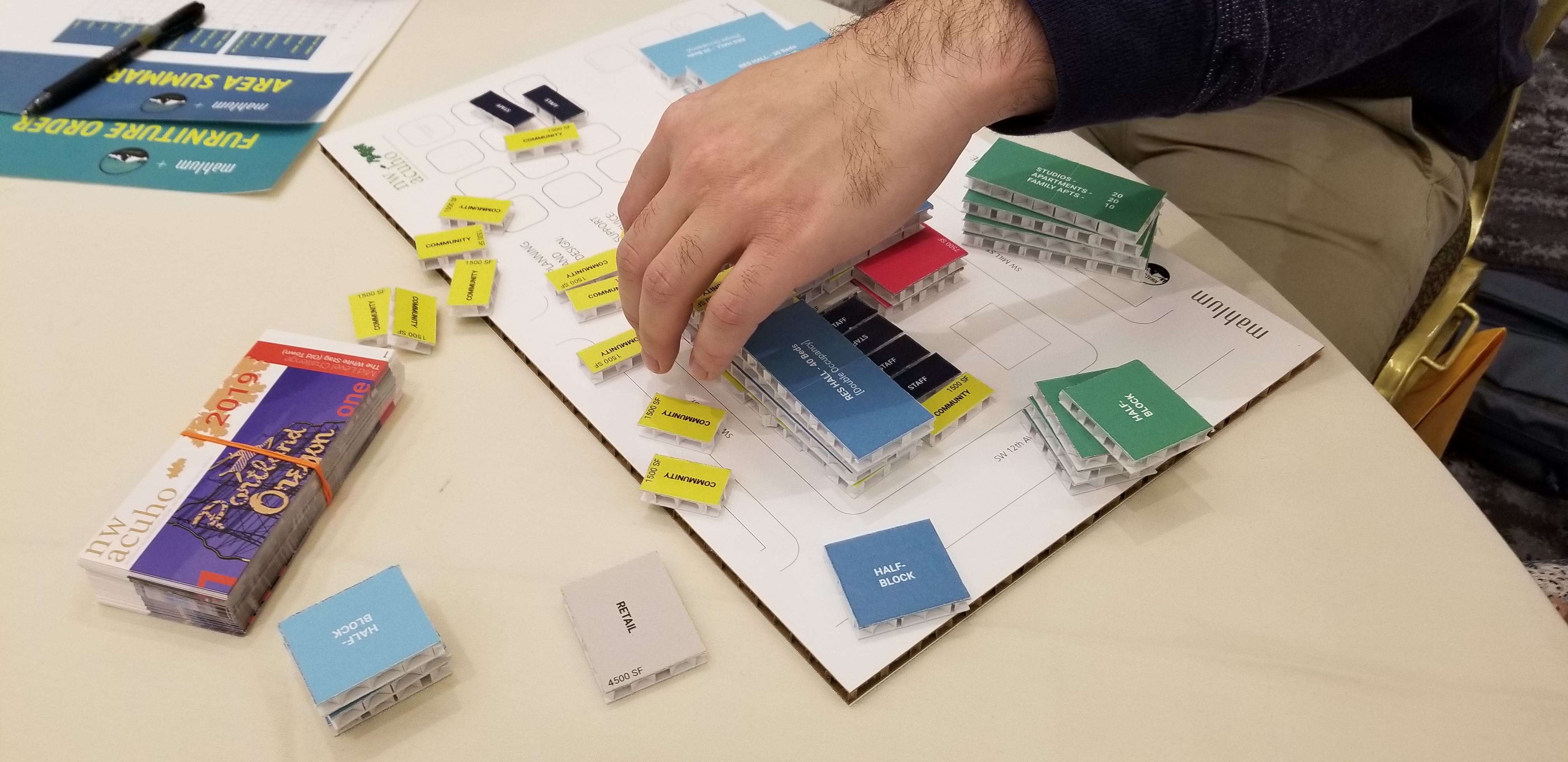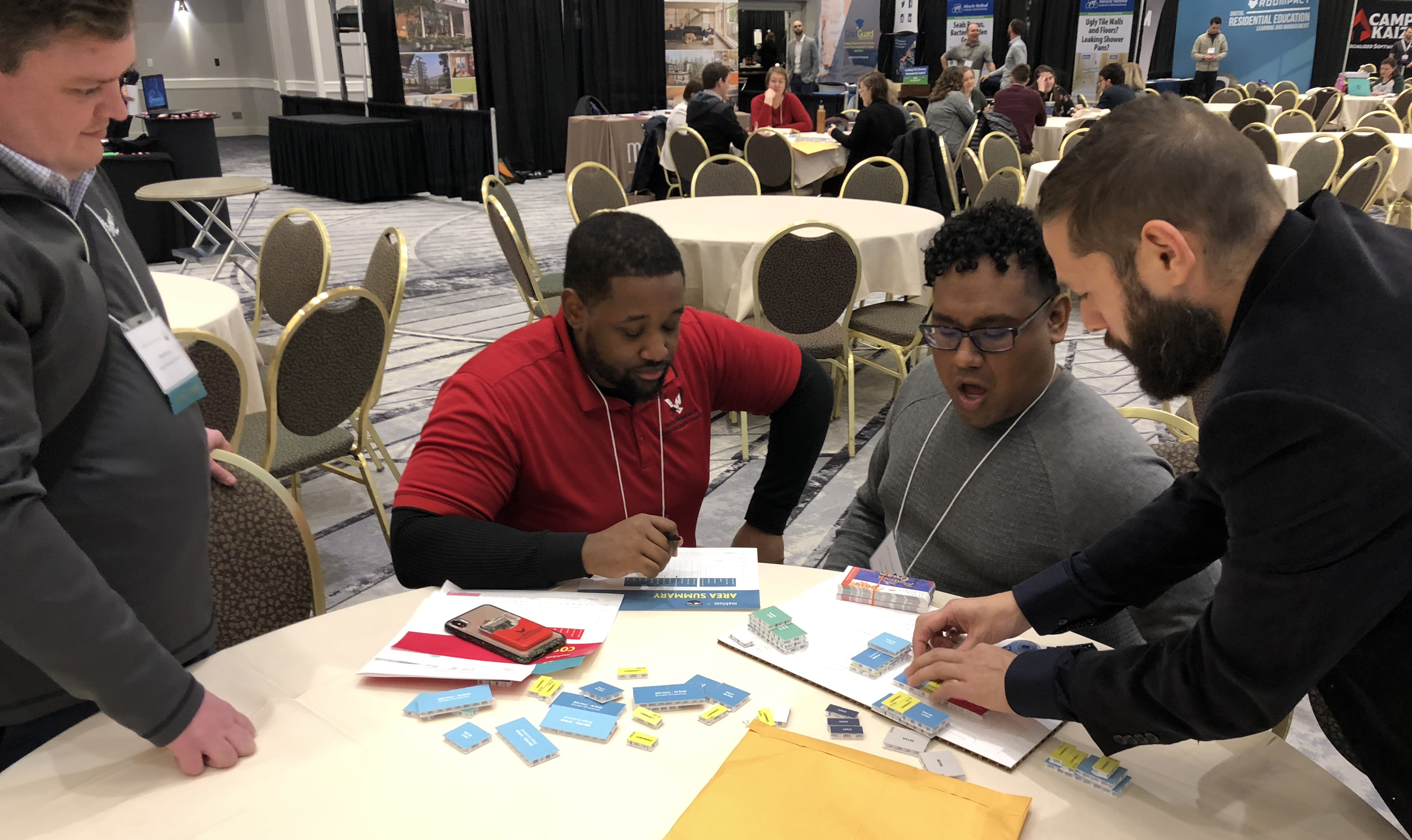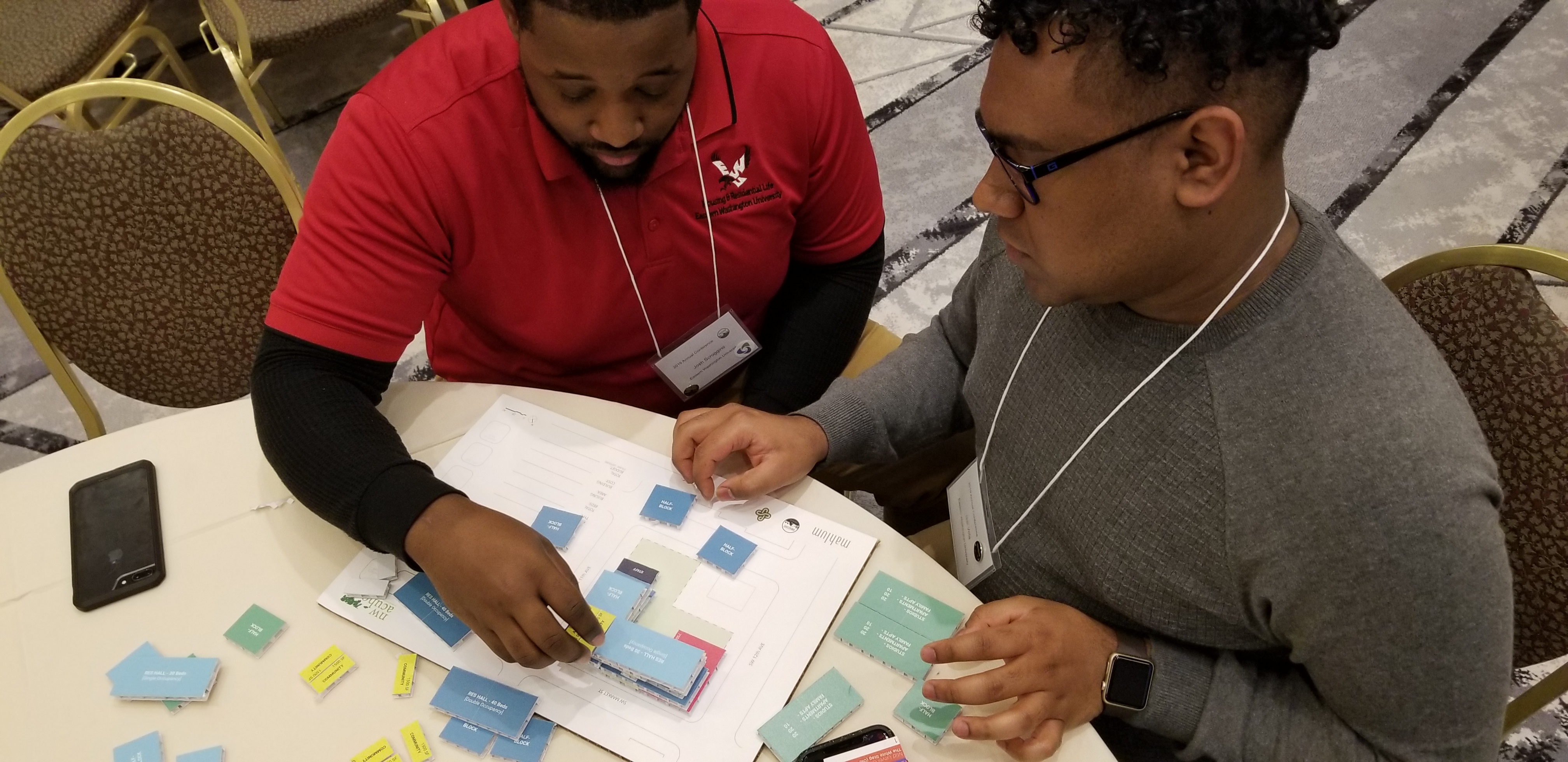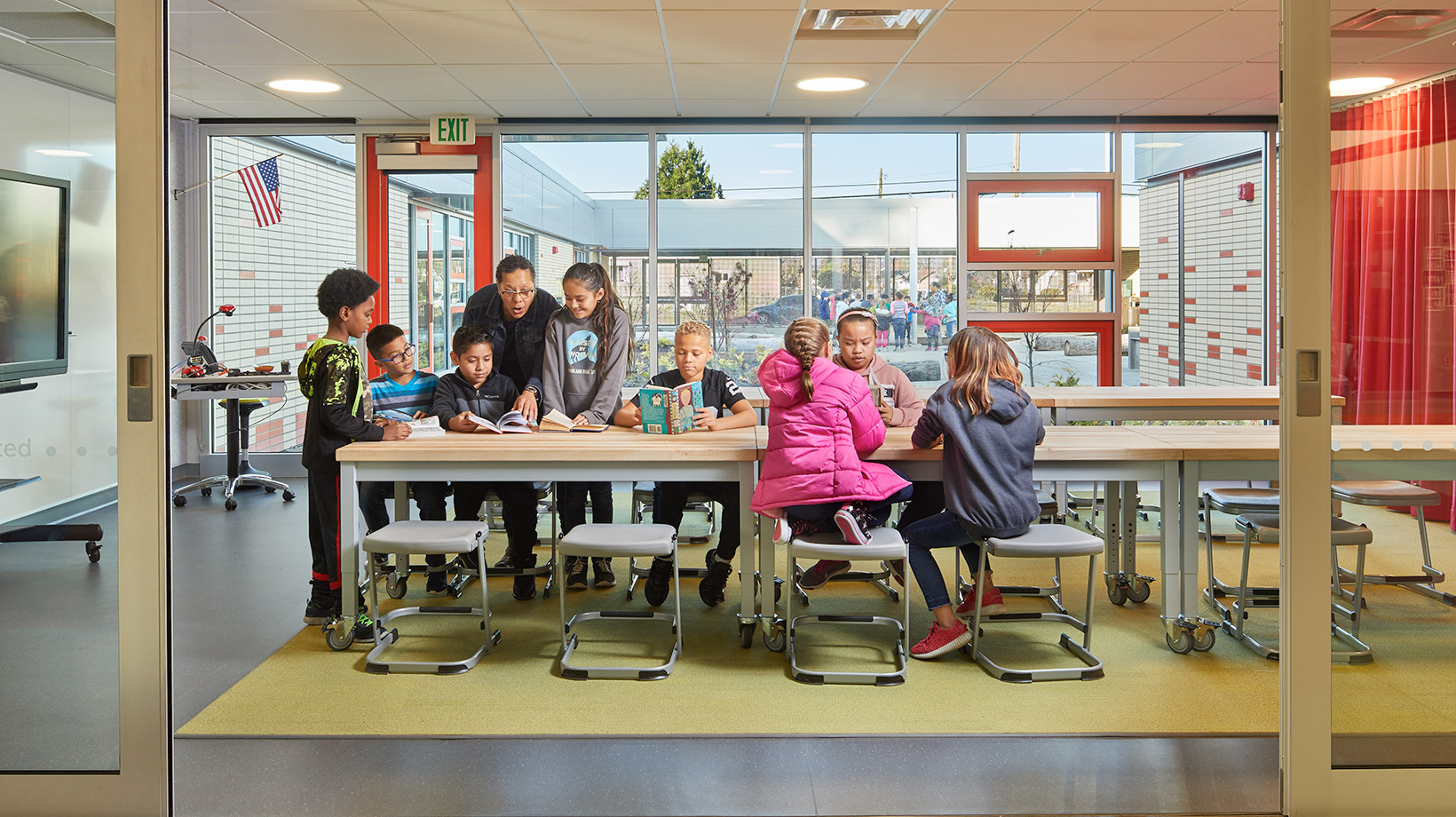by Jeff Sandler
Since its inception in 2011, the Seattle Design Festival (SDF) has given the local community an opportunity to celebrate our rich design landscape and provide a venue for Seattleites, visitors, businesses, and designers to engage in dialogue with one another about how design impacts our lives and our city. Each year, the festival selects a theme for designers to respond to, and this year it’s all about Balance.

The design festival is an opportunity for us to roll up our sleeves and have fun creating a project to be enjoyed by the community at large. It also gives us the opportunity to collaborate with our consultants and builders in a different atmosphere from our daily work and our usual interactions. This year we are fortunate to have Aldrich + Associates, who we are currently working with on the construction of several medical facilities, assisting us in making our installation become a reality. And from the work we’ve done so far, I think it’s clear that they’re having as much fun as we are.
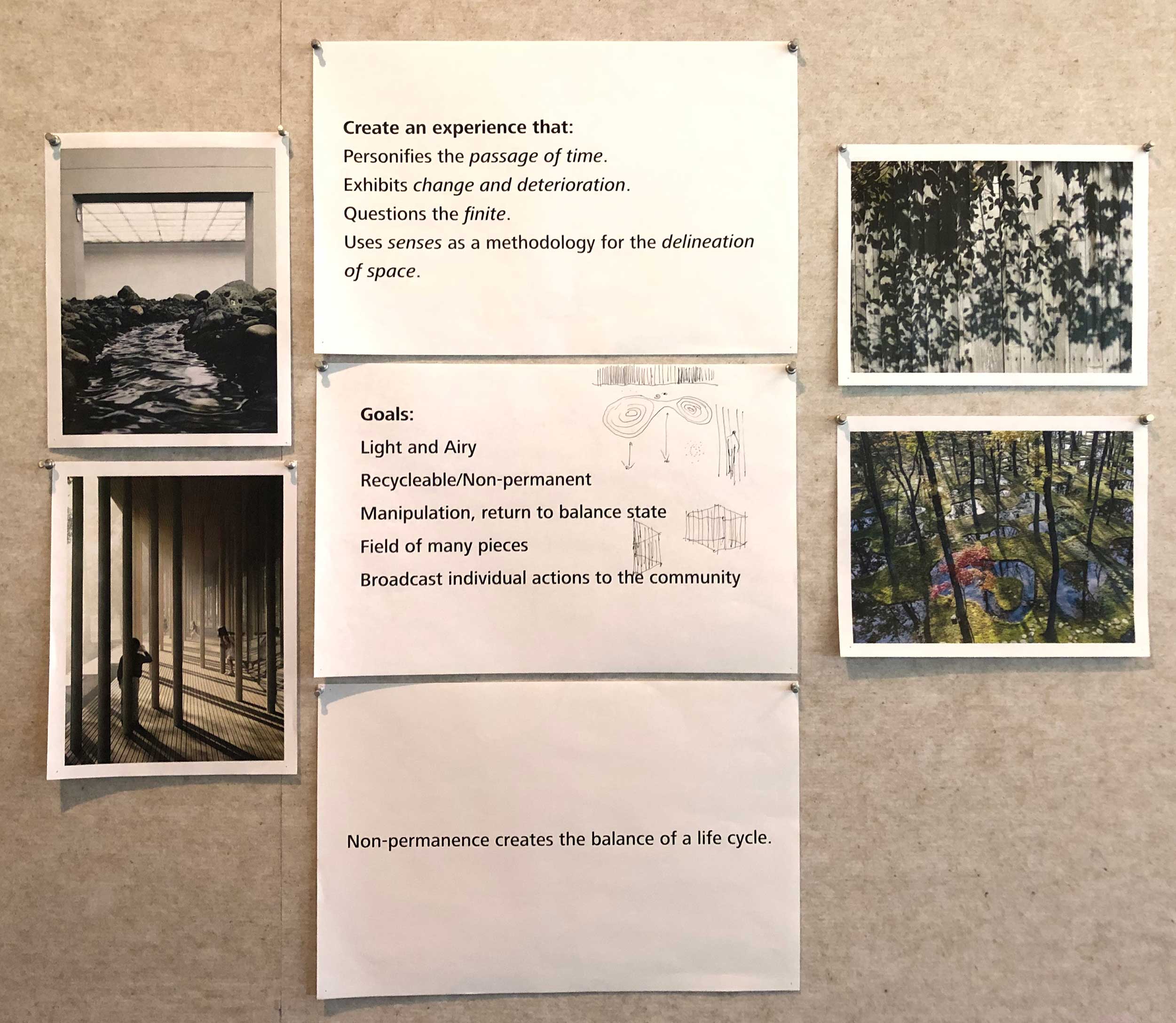
Every year, we kick off our design process with an all-office ideas charrette. To get the office thinking about balance, we took over the pin-up space in our main conference room and posted definitions, etymologies, associations, and anything else we could find related to the idea of balance. From here, we facilitated an exercise where everyone wrote or drew their ideas, split into small groups to discuss, and then shared back to the entire office. Much of what we discussed centered on the concept of movement or the passage of time and eroding boundaries. After that a smaller group of us met weekly and arrived at the following list of goals:
The installation should be fun!
The design should feel light and airy.
We should utilize recyclable materials or embrace the idea of non-permanence.
It should broadcast an individual’s interaction to the community.
Merging our recurring ideas of time and eroding boundaries with our list of goals, we arrived at an irregular form, comprised of a repeated and reusable element that had a softened boundary, allowing visitors to choose their level of interaction while providing an engaging experience for people of all abilities. The arrangement of repeating elements and overall form have been tweaked and tuned using parametric design tools in the office. We chose fiberglass poles, used for agility training and running exercises, as our repeating vertical element, with the idea that they will be donated to local health programs or park districts–giving them life after the short installation.
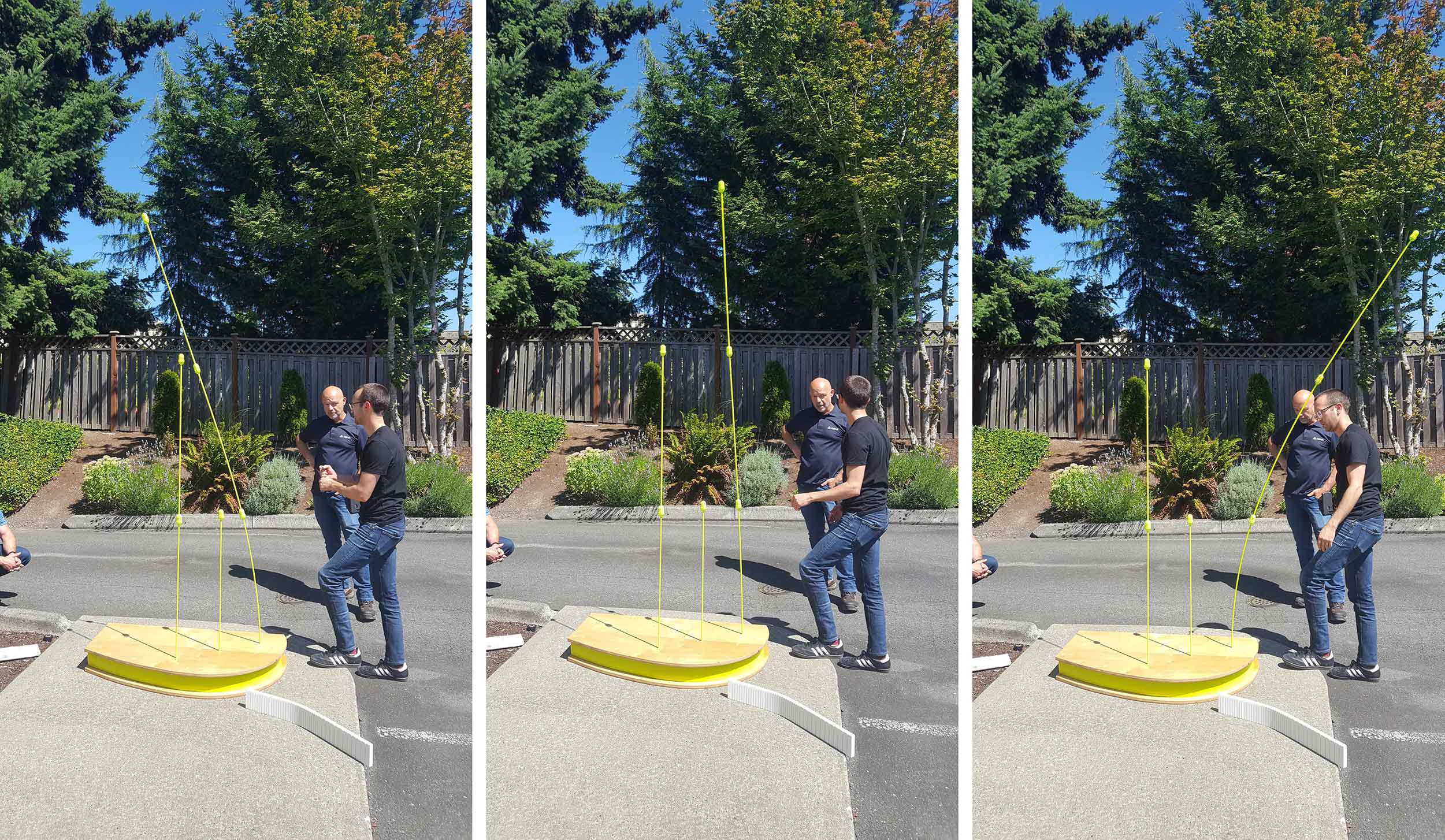
We are currently in construction to prefabricate the installation for an easy assembly during the weekend of the festival. We’re using full-scale mock-ups to test our details, spacing, and final materials with Aldrich, and every day we are getting more excited to share the finished project with you!
If you are interested in seeing how our project (and some 60 others from various Seattle-based designers and offices) turns out, come join us at the Seattle Design Festival Block Party, August 24-25 at Lake Union Park.
